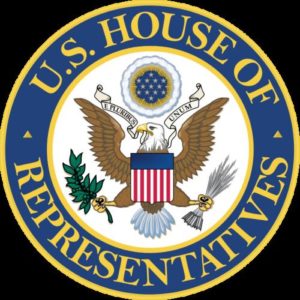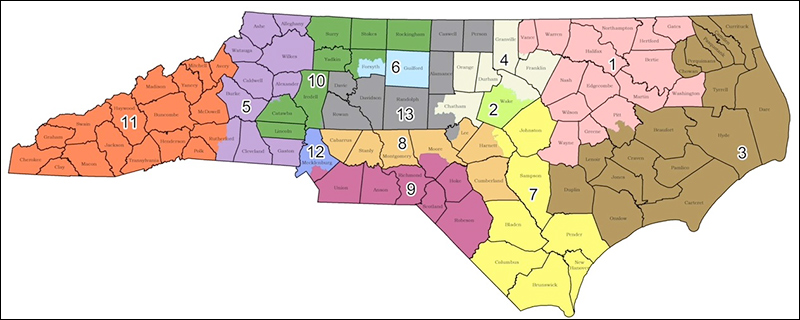 By Jim Ellis
By Jim Ellis
May 27, 2021 — Incumbents, candidates, and potential candidates are making political moves in some key upcoming 2022 Senate races, which makes now a good time to review the latest happenings. Today we look at the significant developing races alphabetically from Alabama through Nevada. Tomorrow, we cover the remainder.
• Alabama: Sen. Richard Shelby (R) is retiring, and the early Republican primary battle looks to be a match between Rep. Mo Brooks (R-Huntsville), armed with an endorsement from former President Donald Trump, and ex-US Ambassador Lynda Blanchard who is promising to personally spend $5 million on her campaign.
No Democrat has yet come forward to declare a candidacy. US Rep. Terri Sewell (D-Birmingham), the lone Democratic member of the congressional delegation, has already said she that will seek re-election next year and not run statewide.
• Arizona: Sen. Mark Kelly (D), who won the 2020 special election, must stand for a full six-year term in this election cycle. At this point, four Republicans are in the mix. Term-limited Attorney General Mark Brnovich appears poised to enter the race. Venture capitalist Blake Masters, with presumed major backing from billionaire donor Peter Thiel, is likely to run, as is retired Air Force Major General Michael McGuire. Solar energy company executive Jim Lamon has already announced his candidacy.
This will be a top-tier 2022 Senate campaign and is considered a must-win for both parties.
• Florida: The Sunshine State has been drawing a great deal of political media attention of late, all concerning House members looking to run statewide. It now appears set that Rep. Charlie Crist (D-St. Petersburg) is in the governor’s race, while Rep. Stephanie Murphy (D-Winter Park) seeks re-election, and Rep. Val Demings (D-Orlando) appears set to announce her challenge against two-term Sen. Marco Rubio (R).
The Florida Senate race will be competitive because campaigns in this state are always close and Rep. Demings will be a strong opponent. Incumbent Sen. Rubio, however, begins with a clear advantage.
• Georgia: Like Sen. Kelly in Arizona, freshman Georgia Sen. Raphael Warnock (D) won the special 2020 election to serve the balance of an unexpired term. He, too, must stand for a full six-year term next year.
At this point, now that former Rep. Doug Collins says he won’t run, most of the attention centers around former Georgia football legend Herschel Walker (R) and whether he will return from Texas to challenge Sen. Warnock. Walker promises a decision by summer.
If the former football star chooses to pass, Rep. Buddy Carter (R-Pooler/Savannah) says he will run. Banking executive Latham Saddler and construction company owner Kelvin King are the announced GOP candidates. The list of potential Republican candidates is long with state House Speaker David Ralston (R-Blue Ridge) being the latest to discuss the race with national GOP leaders.
Continue reading →


 By Jim Ellis
By Jim Ellis


